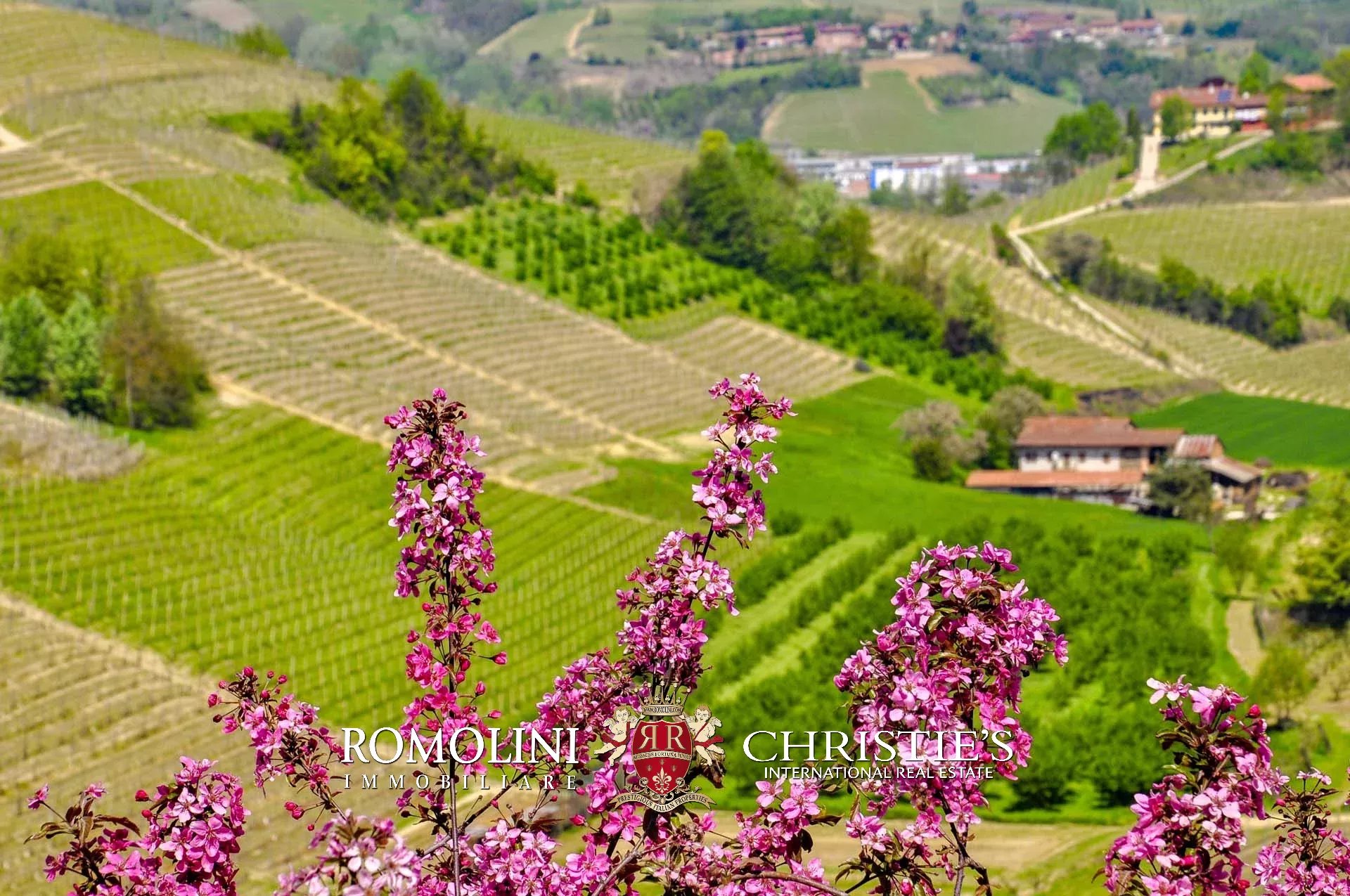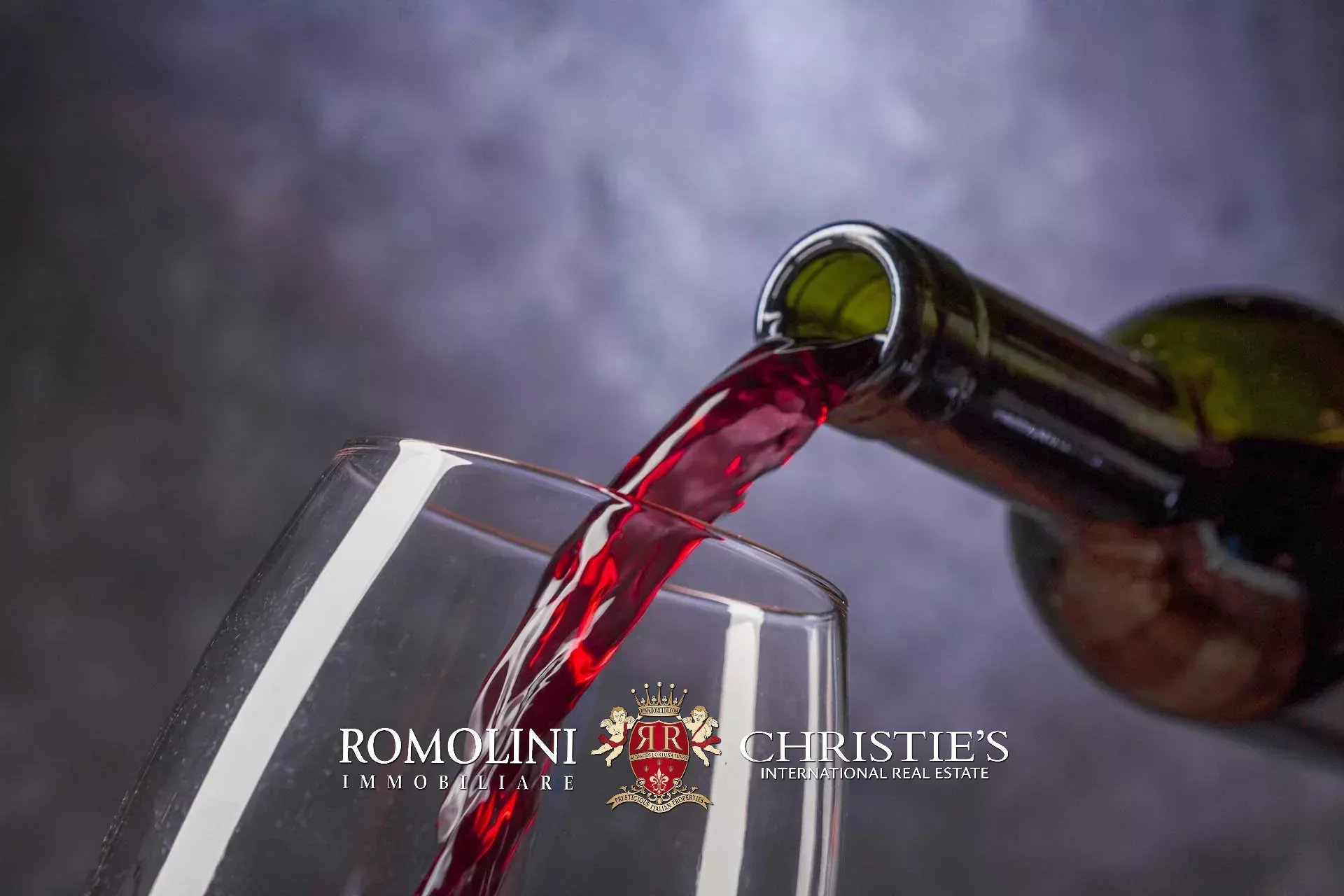Barolo
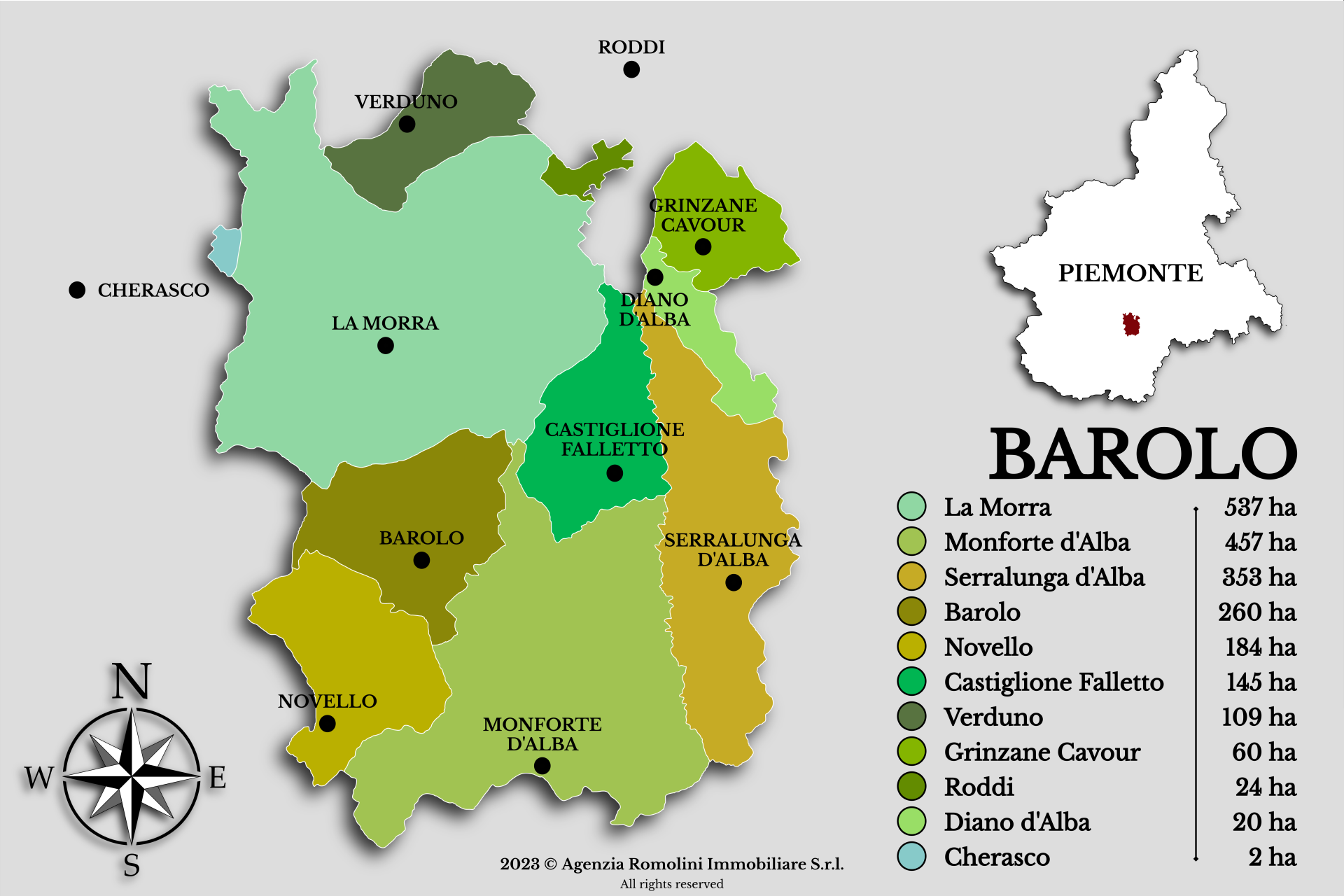

The Barolo production area is the Langhe, a UNESCO World Heritage Site since 2014. The territory, encompassing eleven municipalities and unchanged since its first establishment in 1966, is extremely varied in terms of composition (clayish, sandy-clayish and sandy) and this aspect clearly manifests itself with significant variations even in wines produced just a few kilometres from each other. The total surface covered in vineyards exceeds 2,100 hectares and allow wineries to produce approximately 14,000,000 bottles of wine per year.
The flagship towns of this production area, which is rather restricted compared to the others, are Barolo (hence the name), Grinzane Cavour (a tribute to Count Camillo Benso, proponent of the Italian Risorgimento), Serralunga d'Alba, Novello (hence a prestigious appellation for Barolo, Sottocastello di Novello) and La Morra.
The area's history dates back to the Roman Empire, but it wasn't until the 19th century that Barolo wines gained recognition. Winemaker Giulietta Falletti helped improve the wine's quality and in the early 20th century, Barolo even managed to recover from a widespread phylloxera epidemics. Today, small, family-owned wineries and larger producers make and export one of the finest wines of Italy, made exclusively from the Nebbiolo grape.

 Eng
Eng Ita
Ita








 Back to list
Back to list  Read more...
Read more...

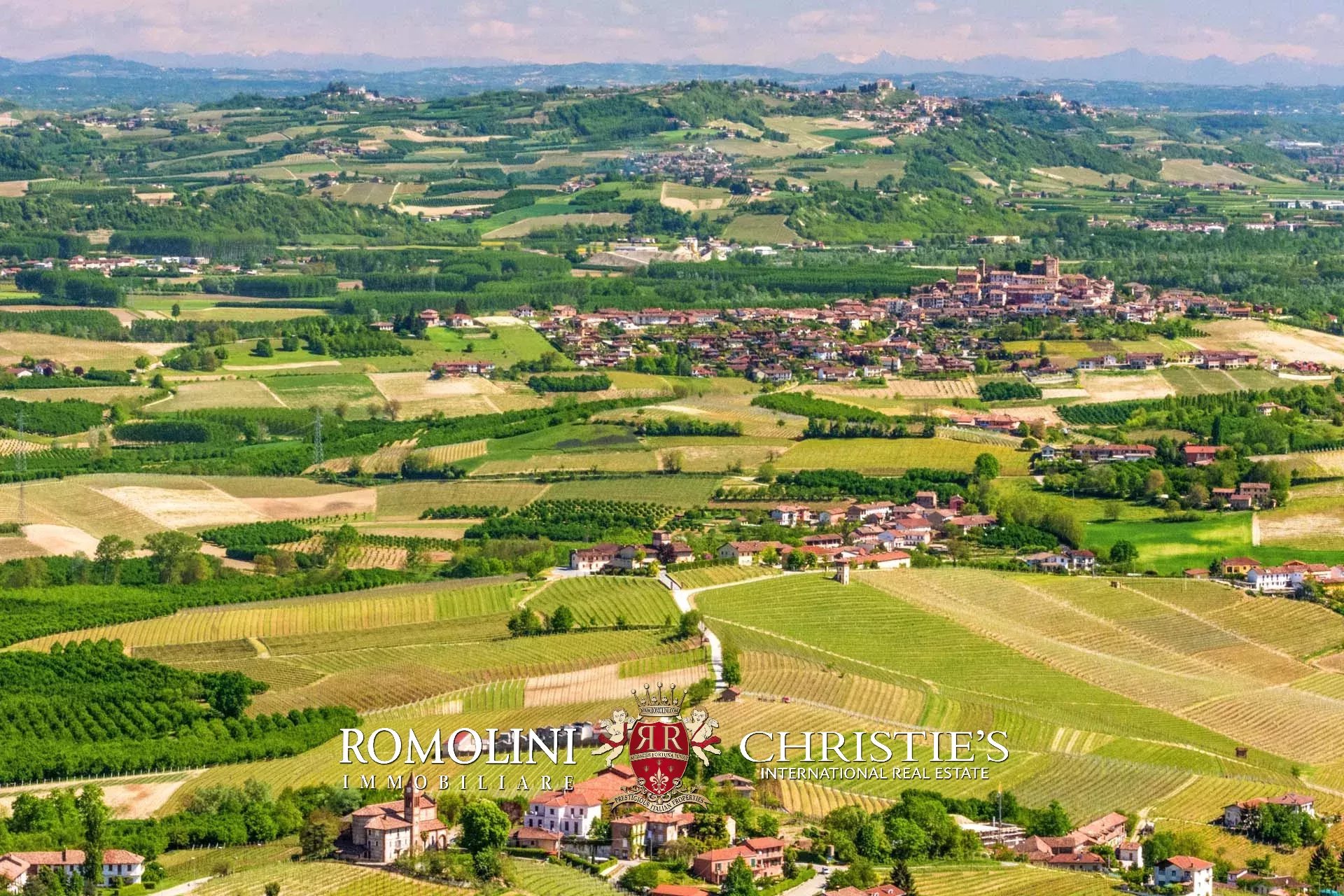
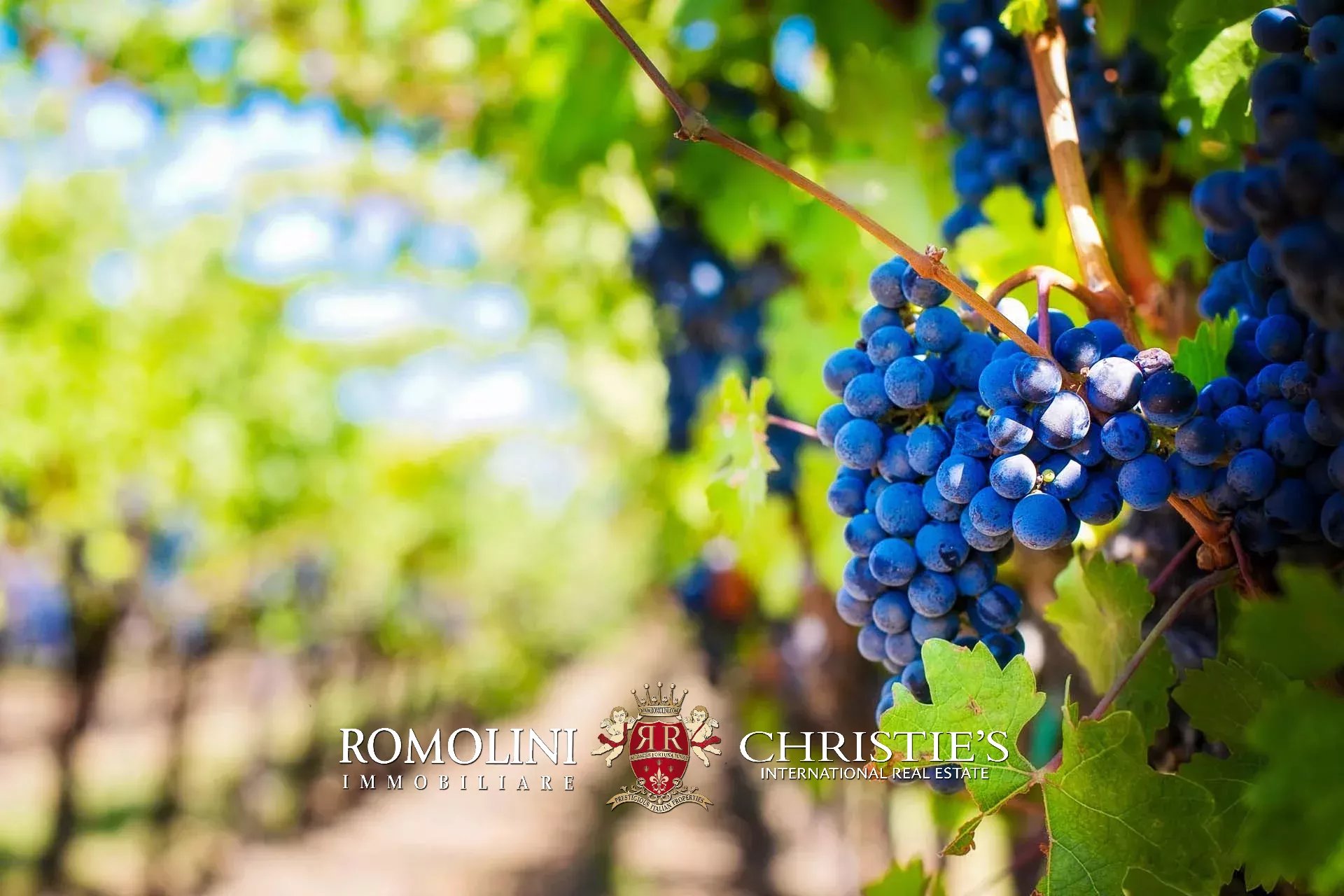
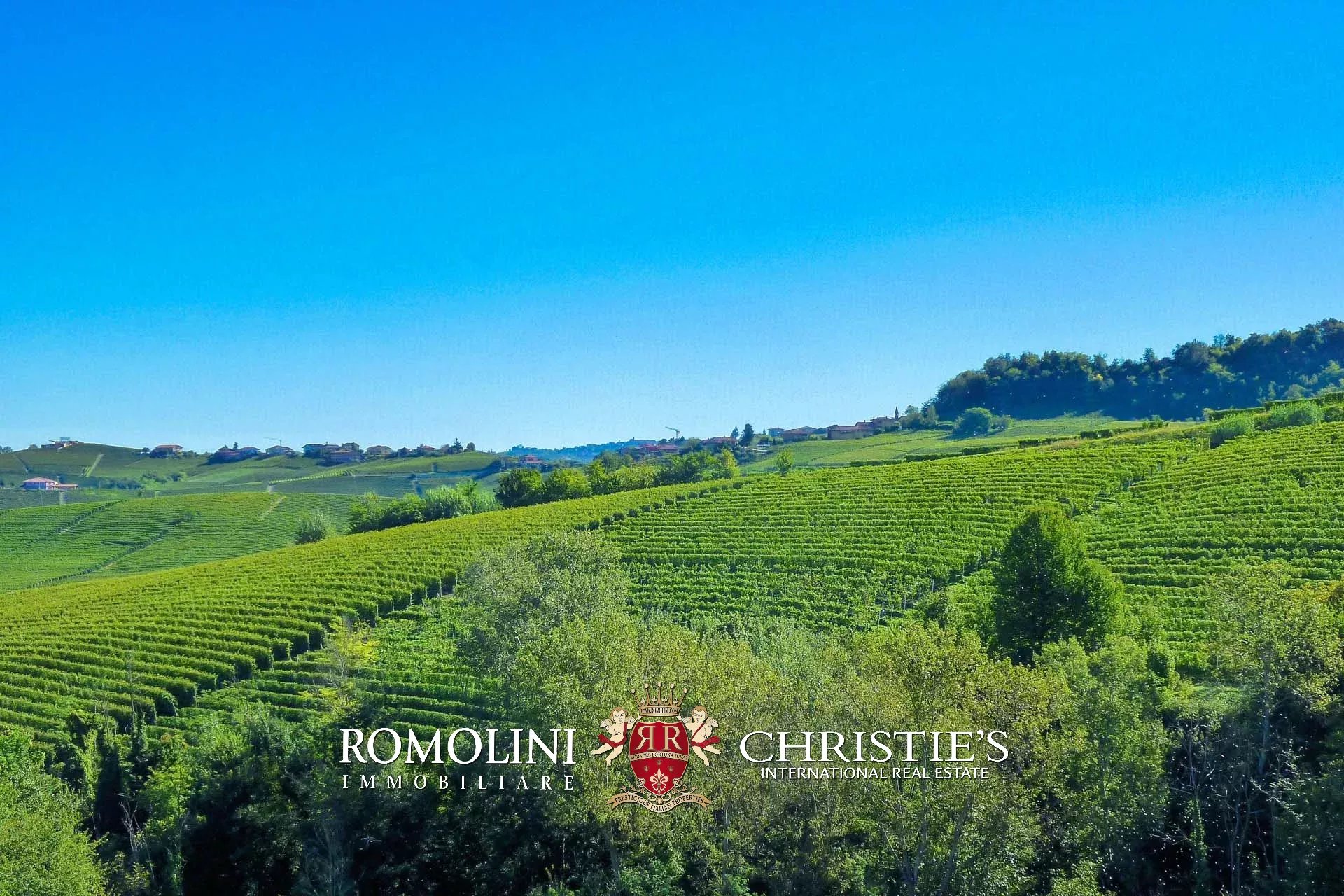
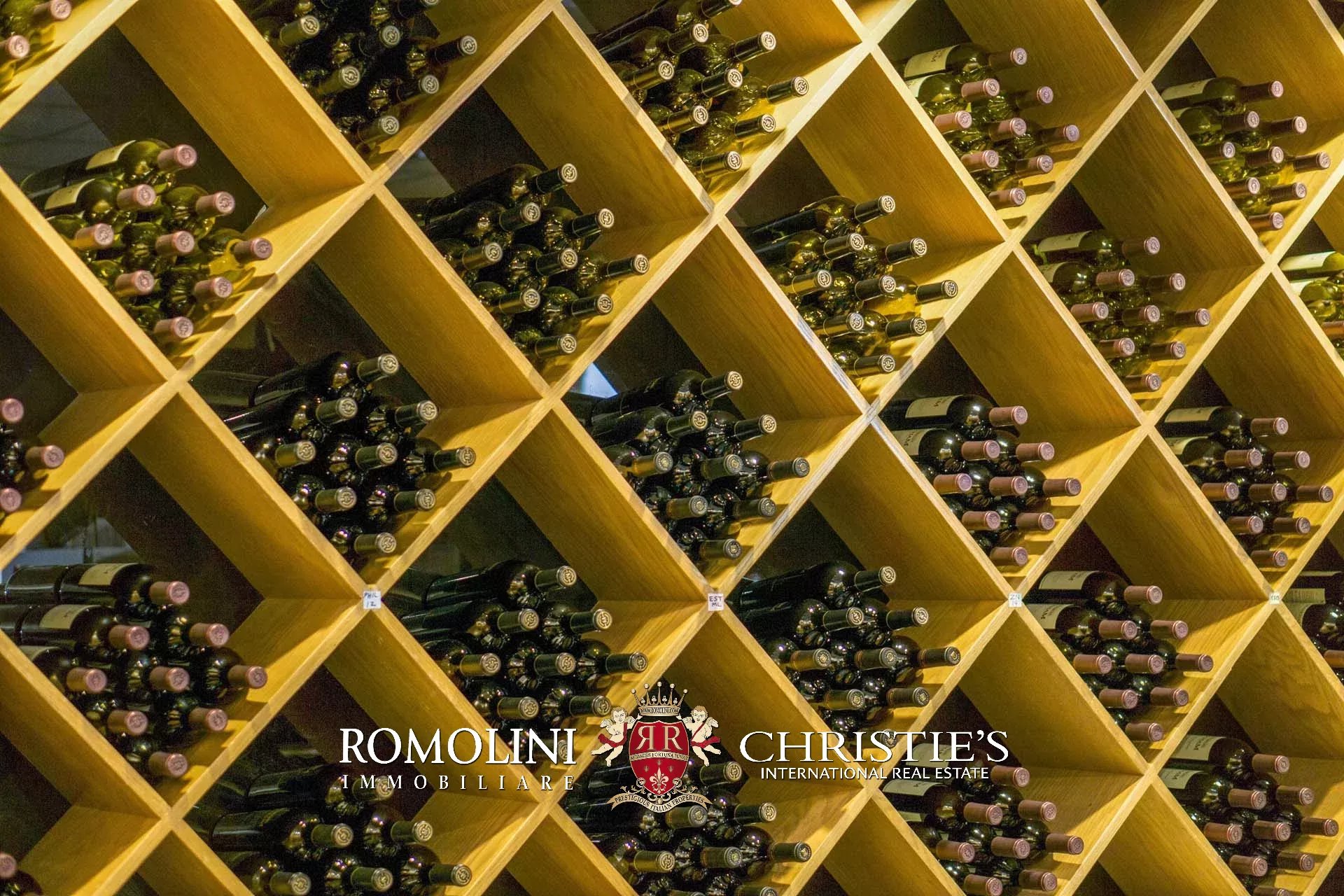
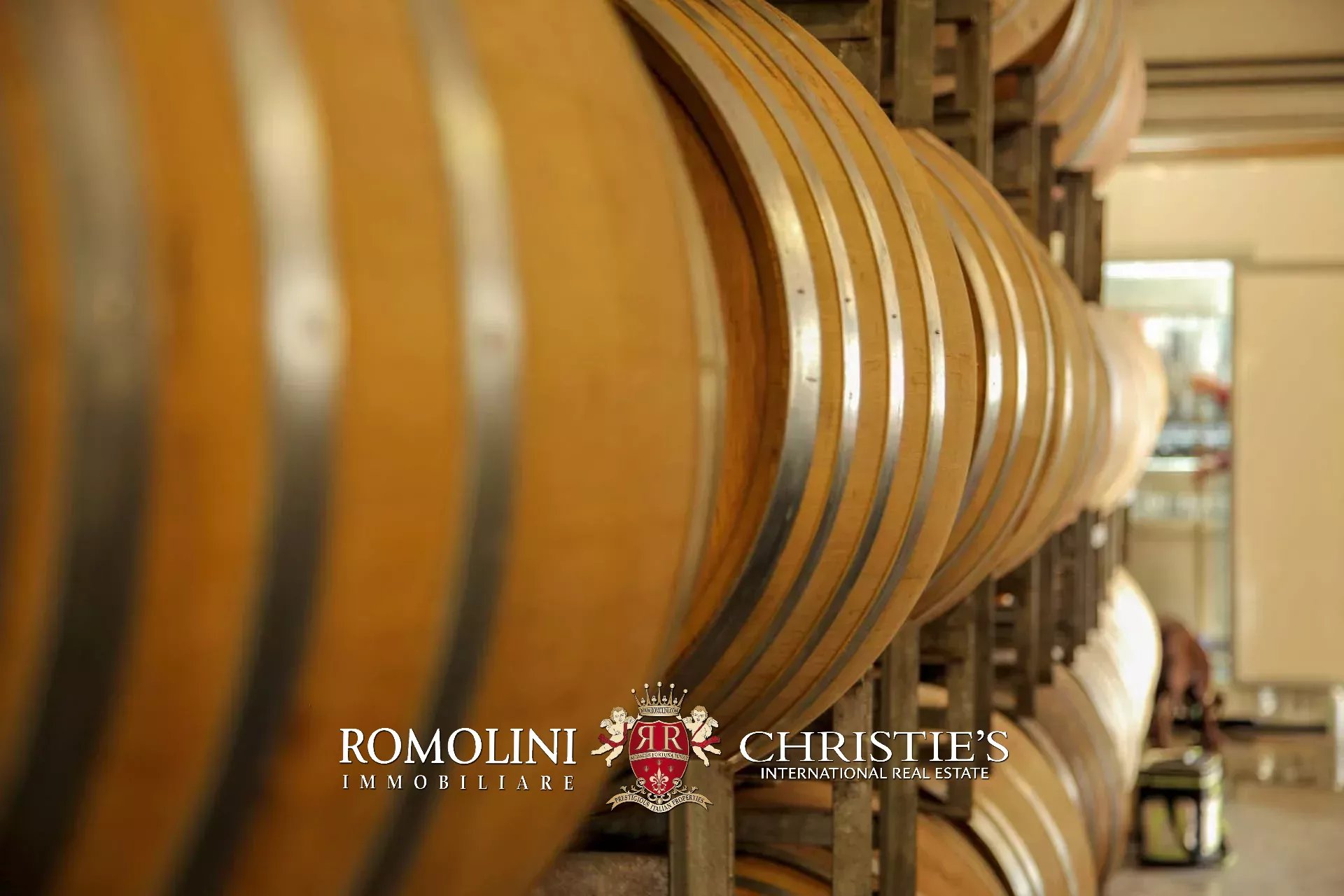
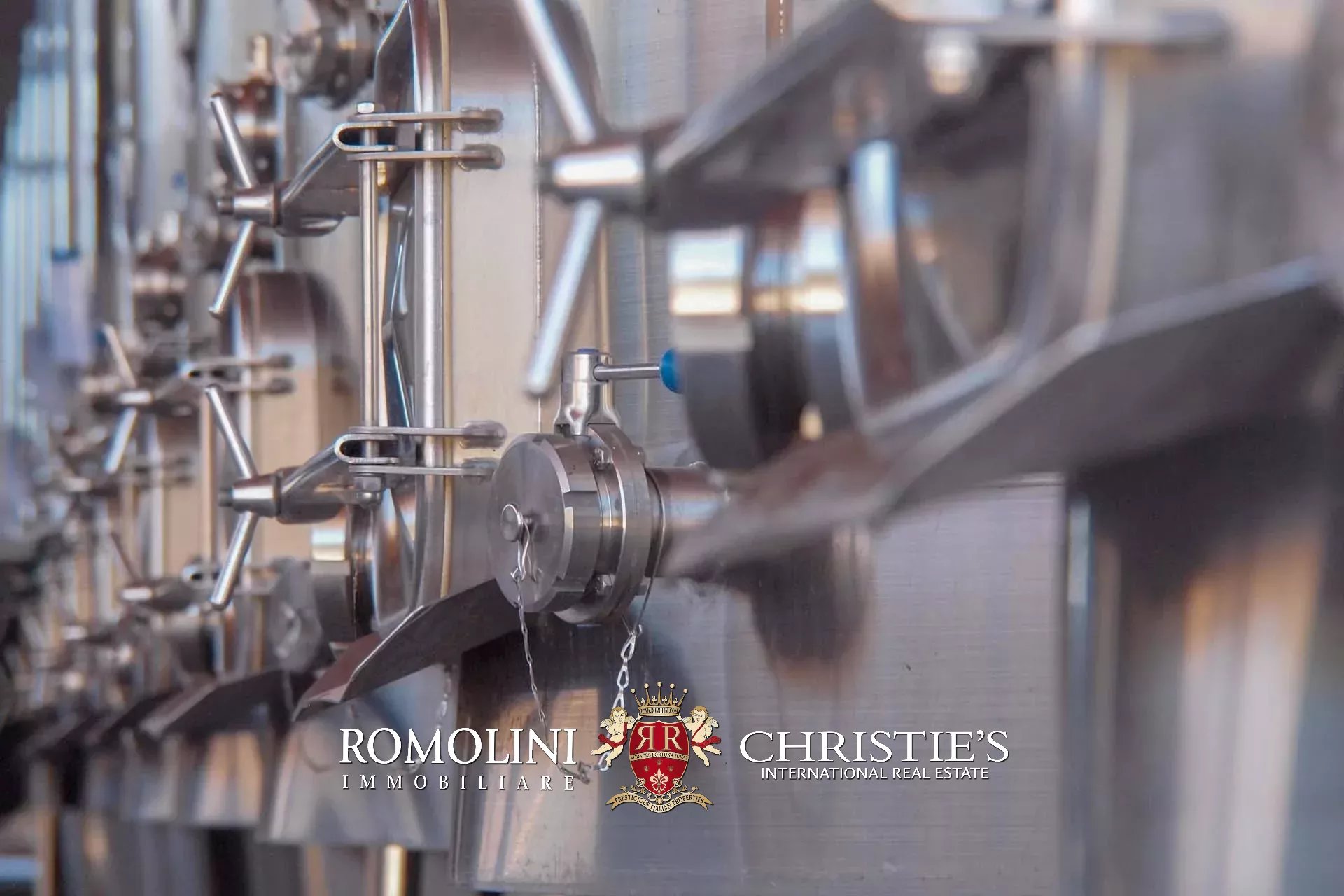
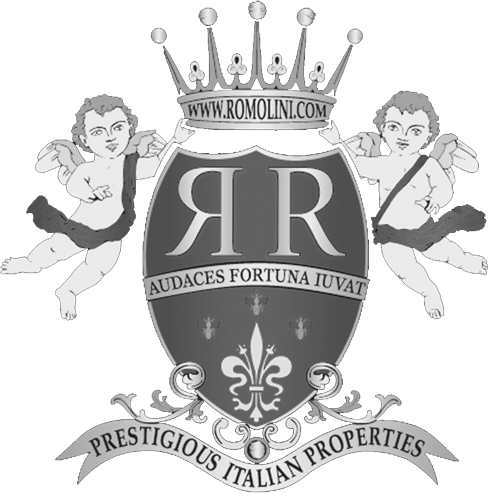

 Ask for information
Ask for information  Brochure PDF
Brochure PDF
 Discover the property
Discover the property 
